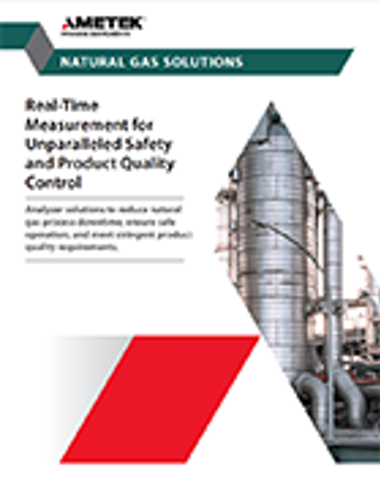Hot-wet measurement in a sulfur recovery unit
Hot-wet continuous emission monitoring (CEM) measurement means analyzing the stack gas sample on an as-is basis, which ensures that the integrity of the sample, from extraction through analysis, is maintained. Keeping a good heat integrity in hot-wet measurement is very important to prevent the condensation of acid mist or water vapor.
Cold-dry analysis refers to cooling a hot-wet stack gas sample to condense out the water. Here we will mainly focus on hot-wet applications.
Hot-wet analysis is especially well suited to the measurement of sulfur dioxide (SO₂) and oxides of nitrogen (NOx) emissions from a Claus sulfur recovery unit (SRU) incinerator for the following reasons:
- A Claus SRU incinerator can generate significant quantities of sulfur trioxide (SO₃) at high temperatures during upset conditions (sulfur entrainment, off-ratio, etc.). SO₃ is very corrosive and can damage sample handling systems and more in process. Keeping the sample above the acid dew point simplifies maintenance. Hot-wet measurement does not require specific sample handling, drying, and diluting, and therefore higher reliability and accuracy can be achieved.
- Unlike cold-dry measurement which requires removing water, which results in removing some soluble components, hot-wet measurement doesn’t require any sample alteration. For example, if a sample containing a finite amount of SO₂ is cooled to below the water dew point, SO₂ dissolves in the water phase, reducing the SO₂ concentration in the vapor phase, where it is being measured. If the sample is cooled to the point where SO₃ condenses, corrosion can result.
- Measuring the sample on an as-is basis is compatible with mass emission measurement (kg/h of SO₂), in which both the stack gas velocity and the component of interest are measured on a wet basis. In the cold-dry analysis however, the analyte and the stack flow rate if required, are measured dry and wet, respectively.
- In the hot-wet system, there are no moving parts in the analyzer, the sample is extracted and drawn through the analyzer with an air-driven eductor. No mechanical pump is used, and the analyzer is designed to be extremely robust.
To learn more about hot-wet measurement and the equipment used, refer to our application note, Sulfur Recovery Unit – Continuous Emission Monitoring (CEM).










